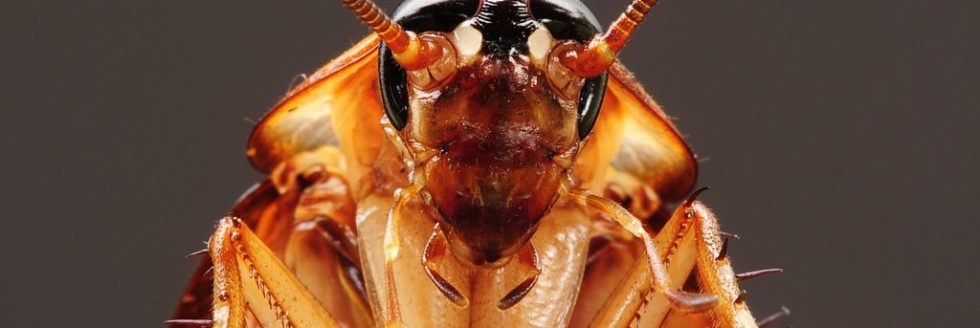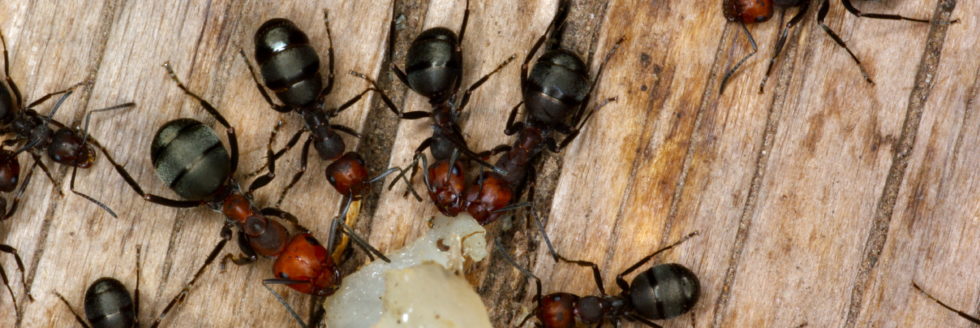Are Pests Invading The Pantry Of Your Charlotte Home?
Pests in the Kitchen Pantry
Sooner or later, every Charlotte homeowner experiences some measure of pest invasion. Sometimes it’s an attack by seasonal gnats or fruit flies, unsanitary but still more nuisance than threat. Other times, bigger and more difficult kitchen pest control problems pop up. Homeowners throughout the Charlotte Mecklenburg community routinely battle the following types of home pest infestations:
- Sugar Ants
- Roaches
- Rodents
- Termites
- AND more.
Anywhere water and food accumulate, the shadows may conceal a brewing pest problem. In this article, Charlotte-based Carolina Pest Management offers tips on how you can maintain a relatively pest-free kitchen pantry.
Kitchen Pest Control: A Note on Pesticides and Safety
When facing a severe invasion of pantry pests, the DIY homeowner sometimes turns to home-improvement remedies such as Total Release Foggers (TRF). At $12 to $30 for a three-container package, TRFs can seem a reasonable and inexpensive solution to an annoying and perhaps even extremely unhealthy problem. However, if the homeowner fails to safely follow proper application procedures, use of TRF products can produce unhealthy consequences to the user, and to other members of the family. In fact: A recent five-year study by the Center for Disease Control, reported an average of 93 yearly pesticide-related injuries and/or illnesses.
First Steps in Kitchen Pantry Pest Management
1) Identify the Root Pest Problem
Learning the distinctions between methods for pest control enables homeowners to identify the best path toward effective long-term management of the problem. However, you must first rightly define the problem. A cockroach in the pantry is not a sure sign of an infestation. Neither does a mouse on the kitchen floor prove the certainty of mice in the walls. In either event, take time to identify alternative means of pest entry. Those two roaches may have come in with the groceries. On the other hand: According to the “Pest Management Industry Fact Sheet” by the National Pest Management Association, almost thirty-percent of US homes have suffered some measure of rodent problems.
2) Examine the Depth of Necessary Pest Control Procedures
“Pest elimination” doesn’t have the same definition as “pest control.” The greater the effort toward full pest eradication, the greater grows the demand for powerful and possibly hazardous chemical treatments. Perhaps a good spring-cleaning, followed by the first of a scheduled monthly control services will sufficiently resolve the issue.
3) Combine Methods
If a pantry pest infestation has already taken root you may need one-time serious chemical control processes. After the short-term post-treatment has effectively reduced the population of pests, implement a long-term pre-treatment program. An ounce of pest prevention can greatly reduce your need for a costly post-treatment program.
Experience a Pest-Free Home with Charlotte Pest Control Services
Preventive long-term control is always easier and safer than emergency pest extermination post-treatment. Begin by keeping your Charlotte home and pantry clutter-free. Finish by letting our Carolina Pest Management quarterly service plan take care of the rest.


